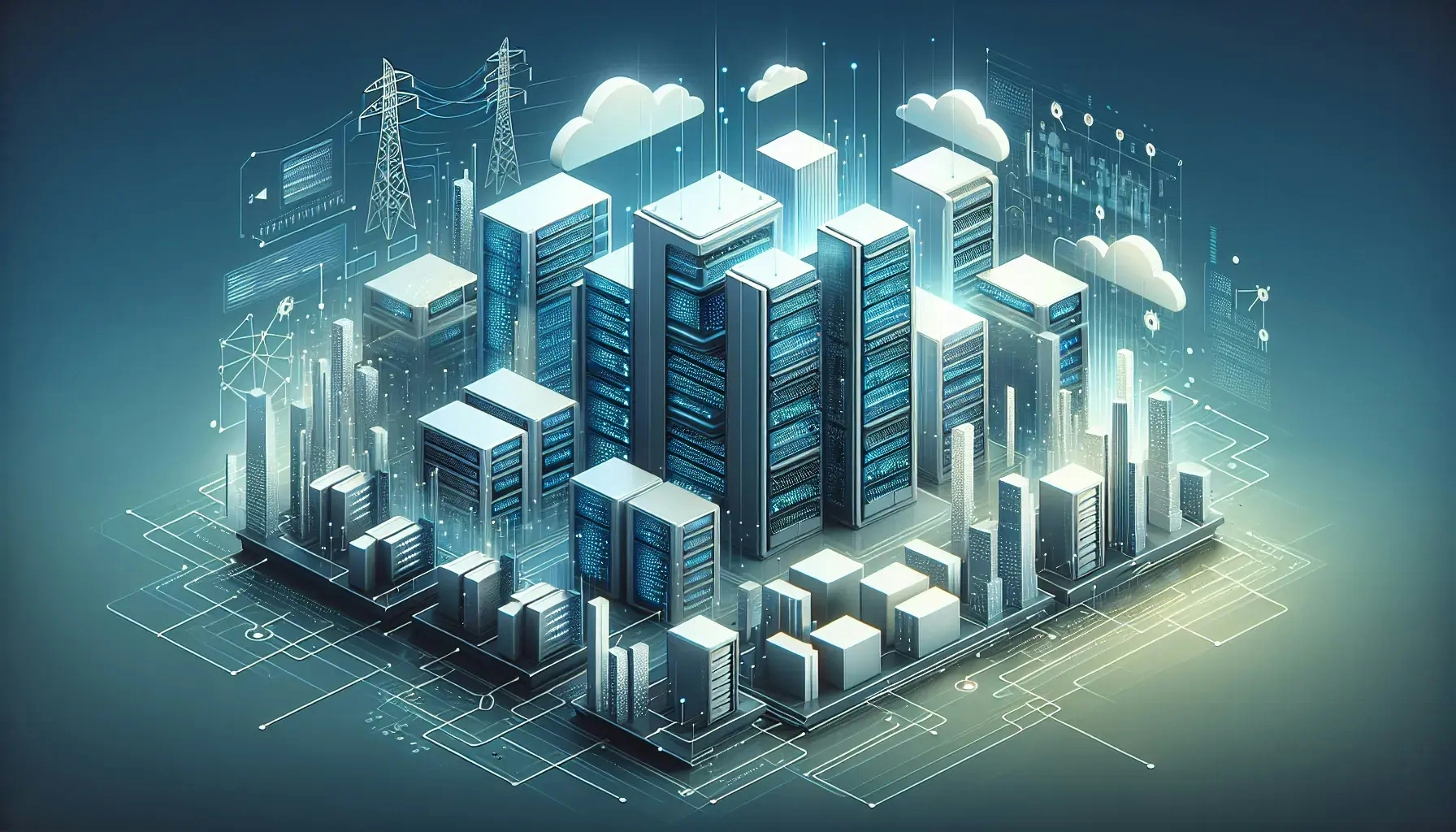How Edge Computing is Transforming It Landscapes
ITInsights.io

Welcome to the era of edge computing, a revolutionary technology that is reshaping the IT landscapes. This blog post will delve into the transformative power of edge computing, exploring its implications, benefits, and challenges. We will discuss how this technology is altering the way businesses operate and the potential it holds for the future.
The Dawn of Edge Computing
Edge computing is an innovative technology that decentralizes data processing by bringing computation and data storage closer to the location where it's needed. This technology aims to improve response times and save bandwidth.
The concept of edge computing is not entirely new. It has its roots in grid computing, a form of distributed computing where 'grid' refers to a network of computers acting together to perform large tasks. However, edge computing takes this idea a step further by focusing on decentralizing services to the edge of the network, closer to the user.
Edge computing is transforming IT landscapes by offering a solution to the latency problems that often plague cloud computing. By processing data at the edge of the network, businesses can reduce latency, improve speed, and enhance customer experience.
Moreover, edge computing is also increasing the efficiency of IT systems. By reducing the amount of data that needs to be transported to the cloud for processing, storage, and analysis, businesses can save on bandwidth and reduce costs.
The Impact of Edge Computing on Businesses
Edge computing is having a profound impact on businesses across various sectors. It is providing businesses with the ability to process large amounts of data in real-time, which is particularly beneficial for industries that rely on immediate data analysis.
In the retail sector, for instance, edge computing is enabling businesses to provide personalized customer experiences. Retailers can analyze customer data in real-time to offer personalized recommendations, improving customer satisfaction and increasing sales.
In the manufacturing industry, edge computing is facilitating the use of IoT devices. These devices generate vast amounts of data that need to be processed in real-time for efficient production processes. Edge computing allows for immediate analysis of this data, leading to improved operational efficiency.
The Challenges of Implementing Edge Computing
Despite its numerous benefits, implementing edge computing is not without its challenges. One of the main hurdles is the need for significant infrastructure investment. Deploying edge computing requires the installation of advanced hardware and software at the edge of the network, which can be costly.
Another challenge is the issue of data security. With data being processed at multiple points in the network, the risk of data breaches increases. Businesses must therefore invest in robust security measures to protect their data.
Moreover, managing the vast amounts of data generated by edge computing can be a daunting task. Businesses need to have effective data management strategies in place to handle this data efficiently.
The Future of Edge Computing
The future of edge computing looks promising. With advancements in technology, the cost of implementing edge computing is expected to decrease, making it more accessible to businesses of all sizes.
Furthermore, as more businesses recognize the benefits of real-time data processing, the demand for edge computing is likely to increase. This will drive further innovation in the field, leading to the development of more advanced edge computing solutions.
In the future, we can expect to see edge computing being used in a wide range of applications, from autonomous vehicles to smart cities. The possibilities are endless, and the future certainly looks bright for edge computing.
Preparing for the Edge Computing Revolution
As edge computing continues to transform IT landscapes, businesses must prepare to embrace this technology. This involves investing in the necessary infrastructure and developing robust data management and security strategies.
Businesses also need to upskill their workforce to handle the complexities of edge computing. This includes training employees on the technical aspects of edge computing and educating them about the benefits and challenges of this technology.
Finally, businesses must stay abreast of the latest developments in edge computing. This will enable them to leverage the technology effectively and stay ahead of the competition.
Conclusion
Edge computing is undoubtedly transforming IT landscapes, offering businesses the ability to process data in real-time, reduce latency, and improve customer experiences. However, businesses must overcome the challenges associated with implementing this technology, including infrastructure costs, data security, and data management.
As we look to the future, the potential of edge computing is vast. From retail to manufacturing, every industry stands to benefit from this technology. The edge computing revolution is here, and it's time for businesses to get on board.
Embracing the Edge Computing Revolution
The transformative power of edge computing is undeniable. As it continues to reshape IT landscapes, businesses must adapt and evolve to leverage its benefits. Despite the challenges, the potential rewards of implementing edge computing far outweigh the risks. The future of IT lies at the edge, and businesses that recognize this will be the ones to lead the way in the digital revolution.